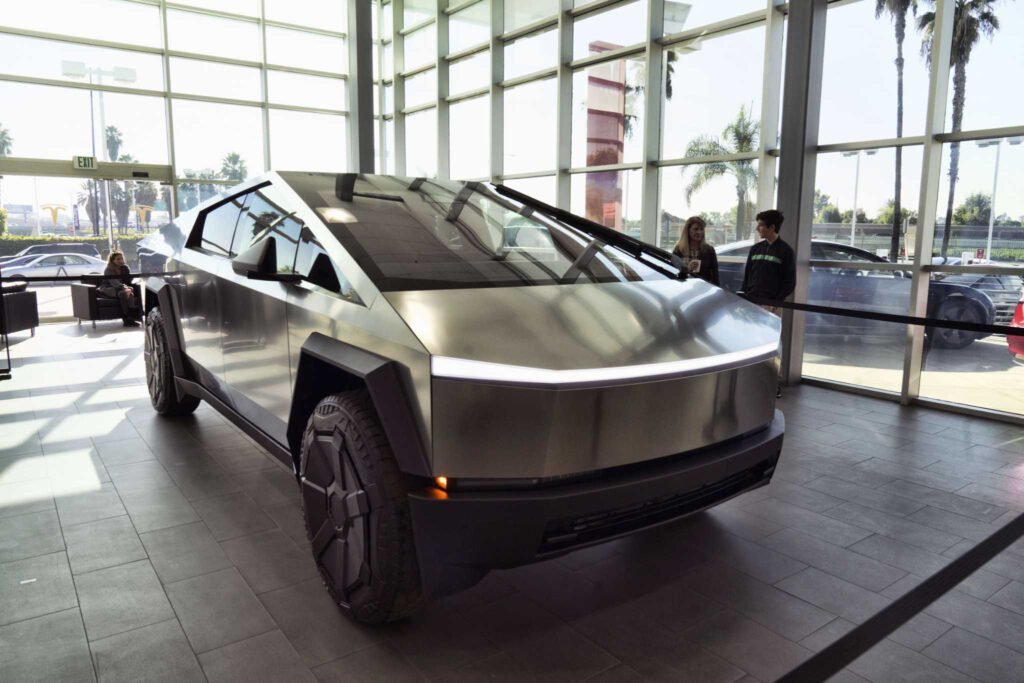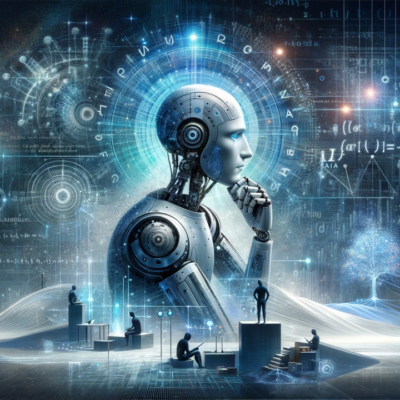A recent crash involving Tesla’s highly anticipated Cybertruck in Piedmont has reignited discussions about the vehicle’s safety, durability, and real-world performance. The incident, which occurred late Sunday night, has raised questions about Tesla’s engineering claims and how the futuristic electric truck handles real-world driving conditions. With Tesla already under scrutiny for past safety concerns related to its autonomous driving technology, this accident adds fuel to an ongoing debate over whether the Cybertruck is as safe and durable as advertised.
Details of the Crash
According to eyewitness reports, the crash took place at a busy intersection in Piedmont when a Cybertruck collided with another vehicle. While no fatalities were reported, several individuals sustained minor injuries, and both vehicles suffered significant damage. Law enforcement is currently investigating the exact cause of the accident, but early reports suggest that speeding or potential driver error could have played a role.
The Cybertruck, known for its angular stainless-steel exoskeleton and shatter-resistant glass, was marketed as one of the most durable consumer vehicles on the market. However, photos from the crash scene show visible dents and damage to the truck’s body, raising doubts about Tesla’s claims regarding the vehicle’s structural integrity. While the truck’s exterior appeared to withstand the impact better than conventional vehicles, some safety experts argue that the rigid exoskeleton could make it more dangerous in certain types of collisions by not properly absorbing impact energy.
Witnesses at the scene noted that the Cybertruck’s unusual shape may have contributed to difficulties in extricating the passengers involved in the crash. Unlike traditional vehicles, which are designed with crumple zones to absorb impact and minimize injuries, the Cybertruck’s stiff exoskeleton may increase the force transferred to passengers in a severe accident. Emergency responders had to take additional steps to assess and remove passengers safely.
Tesla’s Response and Safety Features

Tesla has yet to release an official statement about the Piedmont crash, but many experts are analyzing whether the vehicle’s design contributed to the accident’s severity. The Cybertruck boasts several advanced safety features, including Tesla’s Full Self-Driving (FSD) system, lane-keeping assist, and collision avoidance technology. It remains unclear whether these features were engaged at the time of the crash.
Some critics argue that the truck’s large size and sharp-edged design may pose risks to both drivers and pedestrians, while Tesla supporters maintain that the Cybertruck is among the safest electric trucks ever built. The National Highway Traffic Safety Administration (NHTSA) has stated that it is monitoring the situation and will assess whether further safety evaluations are necessary.
The Cybertruck’s durability has been a key selling point for Tesla, with CEO Elon Musk previously claiming that the vehicle could withstand significant impact and damage. However, the Piedmont crash raises questions about how the Cybertruck’s stainless steel body behaves in real-world conditions. Unlike traditional car frames that are designed to crumple in a way that absorbs crash energy, the Cybertruck’s rigid structure may instead transfer more force directly to passengers, leading to greater injury risks in high-speed collisions.
Tesla’s Autopilot and FSD technology have also been under scrutiny for their role in past accidents. While Tesla markets these systems as advanced driver assistance features, critics argue that misleading terminology could lead to over-reliance on automation. Investigators will likely examine whether the driver had Autopilot or FSD engaged at the time of the crash and whether the system failed to prevent the accident.
Public Reaction and Market Impact
The crash has sparked intense debate on social media, with some users questioning Tesla’s quality control and others defending the company’s innovation. Cybertruck pre-orders have soared since its unveiling, but incidents like these may impact consumer confidence.
Tesla’s stock price saw minor fluctuations following the news, but analysts predict that unless further safety concerns emerge, the long-term impact on sales may be minimal. However, repeated incidents involving Tesla’s vehicles—particularly those equipped with autonomous features—could invite increased scrutiny from regulators.
Many Tesla fans argue that the Cybertruck is still a revolutionary vehicle and that one accident should not define its overall safety record. Others, however, point to Tesla’s history of overpromising and underdelivering on vehicle durability claims. The viral moment when the Cybertruck’s supposedly shatterproof glass broke during a demonstration remains fresh in the minds of skeptics, and this crash has only added to doubts about the vehicle’s real-world toughness.
Consumer advocacy groups have called for Tesla to release more detailed crash test results and real-world safety data on the Cybertruck. While the truck has undergone internal safety testing, the results of third-party crash tests are still pending. If future tests reveal vulnerabilities, Tesla may face pressure to modify the vehicle’s design or reinforce its safety features.
Impact on Tesla’s Reputation and Legal Implications
Tesla has faced multiple lawsuits and investigations related to its safety claims, and the Cybertruck crash in Piedmont could lead to further legal scrutiny. If investigators determine that the vehicle’s design contributed to the severity of the crash or that the FSD system malfunctioned, Tesla could be held liable for damages.
Legal experts suggest that Tesla’s use of terms like “Full Self-Driving” could be misleading and may open the company to lawsuits if drivers assume the vehicle is fully autonomous. While Tesla maintains that drivers must remain attentive and ready to take control at all times, past accidents involving Autopilot have shown that some users may place too much trust in the system.
Regulatory bodies such as the NHTSA and the National Transportation Safety Board (NTSB) may increase oversight on Tesla’s safety practices. If they find evidence of design flaws or safety risks, they could mandate recalls or additional safety updates.
What Happens Next?
As investigators work to determine the cause of the crash, Tesla may face growing pressure to provide clearer information about the Cybertruck’s safety features and crash performance. If any design flaws or software malfunctions are discovered, the company could be required to issue updates or recalls.
For now, Tesla enthusiasts and skeptics alike will be closely watching how the Cybertruck performs in real-world conditions. With its bold design and advanced technology, the Cybertruck remains a symbol of Tesla’s ambition—but incidents like the Piedmont crash show that the road to innovation is not without obstacles.
Potential Outcomes and Consequences
- Stronger regulatory oversight: If the NHTSA or NTSB determines that the Cybertruck has significant safety issues, Tesla may be forced to issue software updates or even modify the vehicle’s design.
- Increased consumer skepticism: While Tesla fans remain loyal, continued reports of safety concerns could slow down adoption of the Cybertruck, particularly among mainstream consumers.
- Legal ramifications: If the crash results in lawsuits against Tesla, the company may have to defend its marketing claims about the Cybertruck’s durability and safety features.
- Market reaction: Depending on how Tesla responds to the incident, its stock could see fluctuations, with investors reacting to potential regulatory actions or shifts in consumer demand.
Final Thoughts
The Cybertruck’s debut was met with both excitement and skepticism, and real-world incidents like the Piedmont crash will be critical in shaping its reputation. While Tesla has revolutionized the electric vehicle industry, questions about safety and durability remain. As investigations continue, the findings will have significant implications for Tesla’s future and the wider automotive industry.






